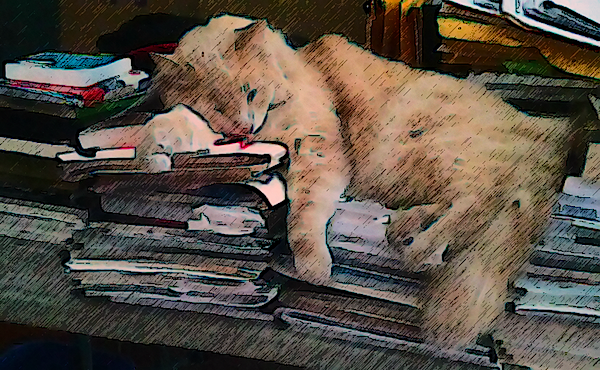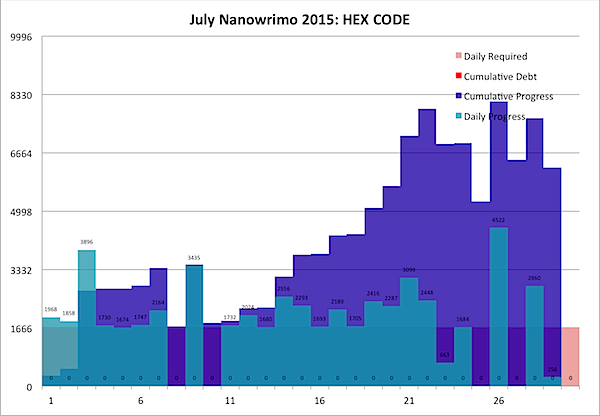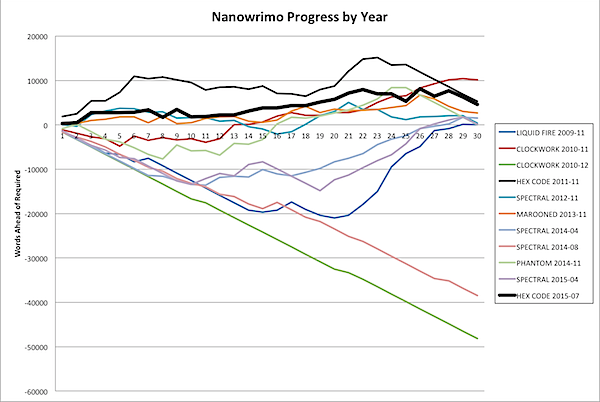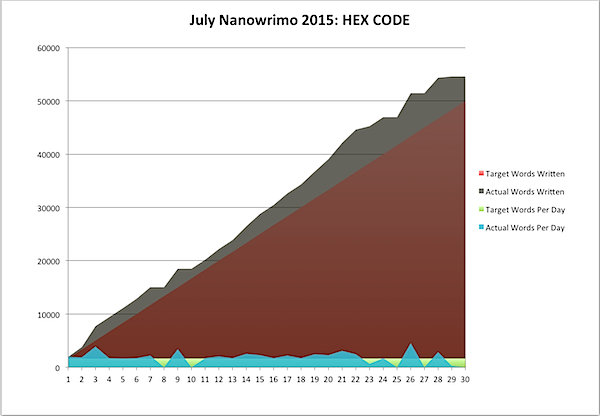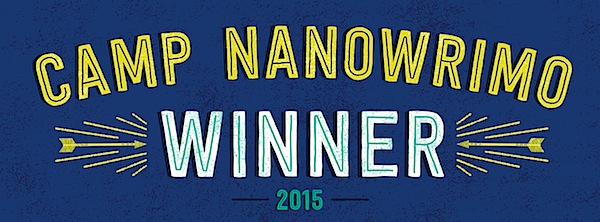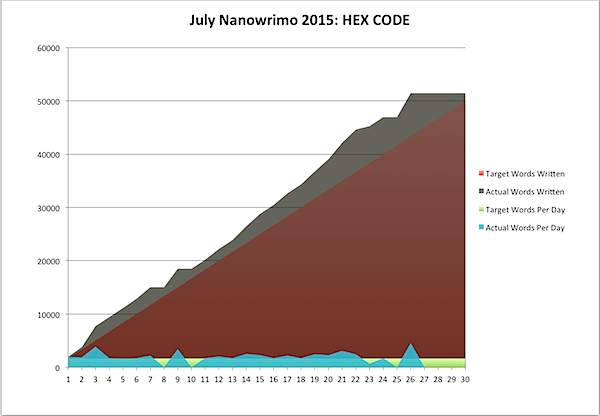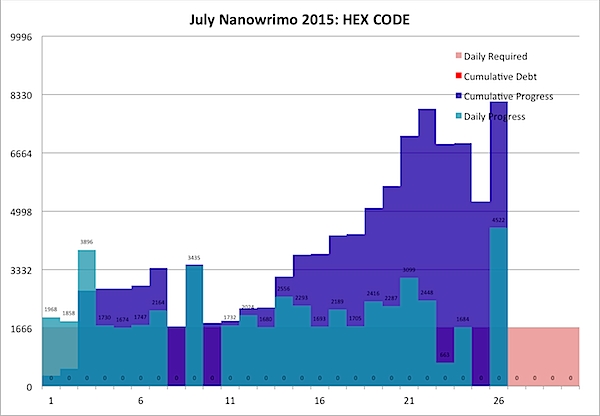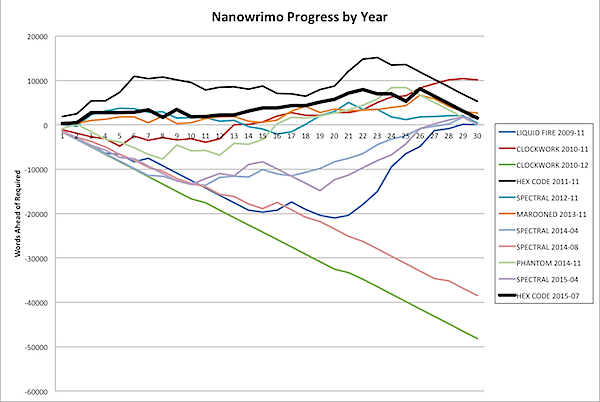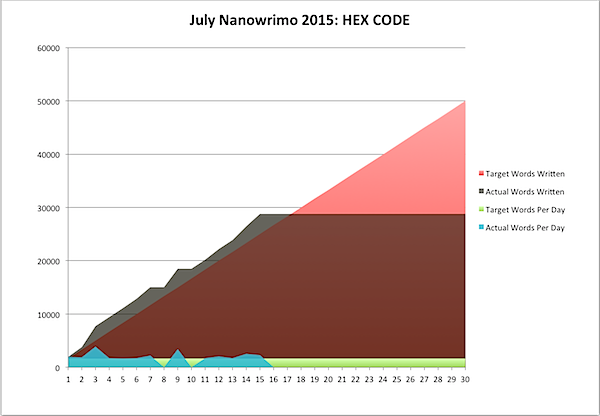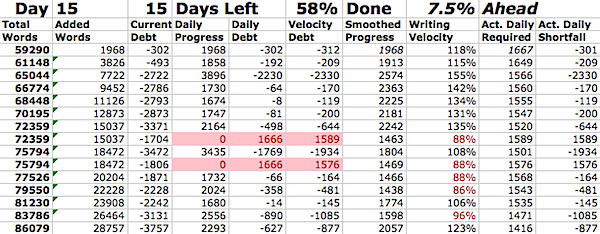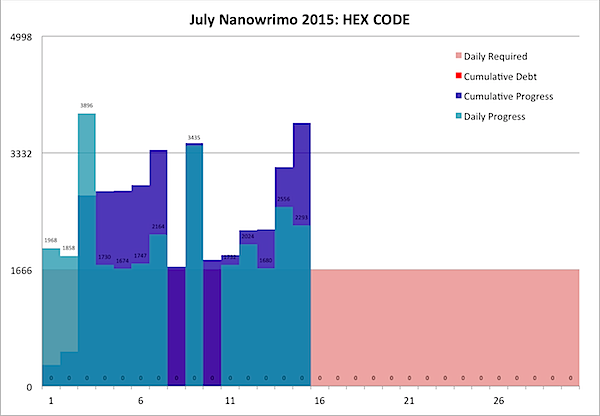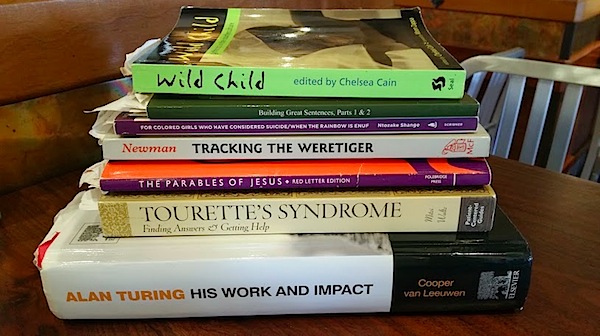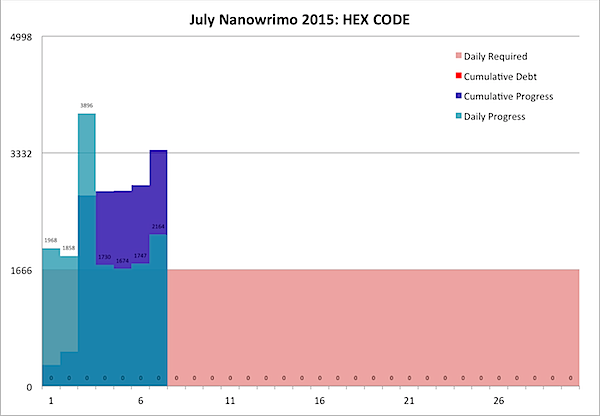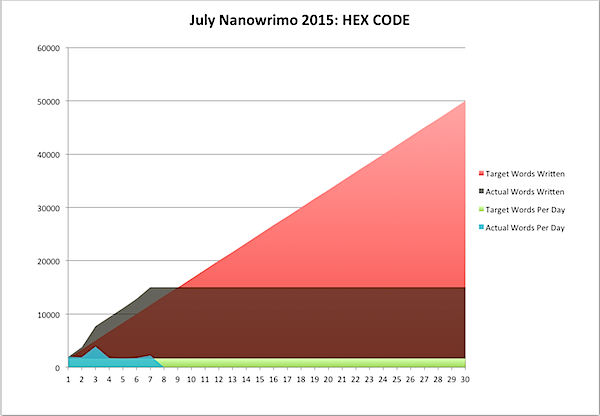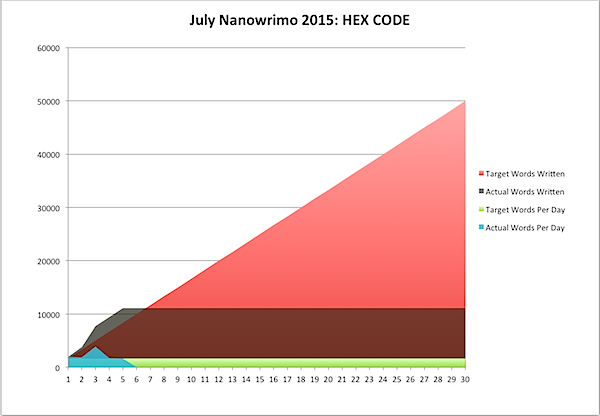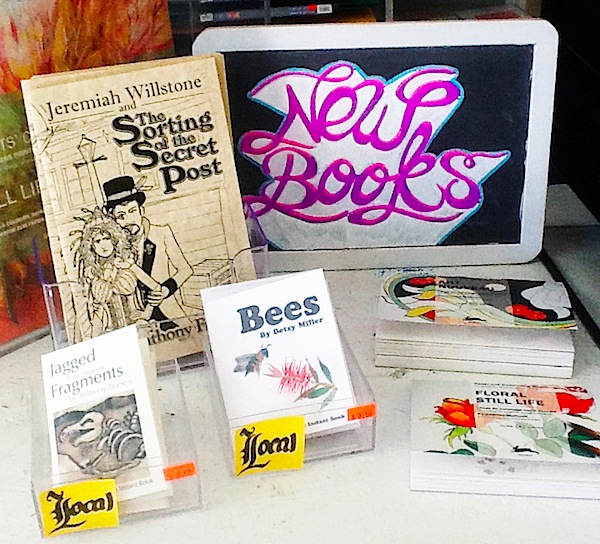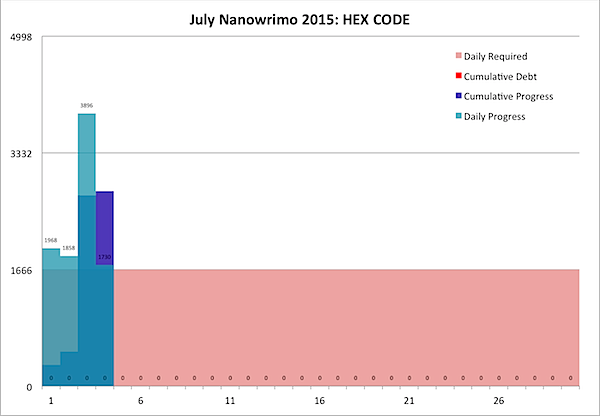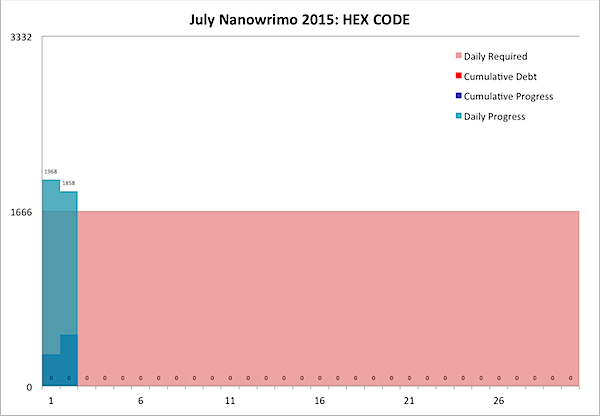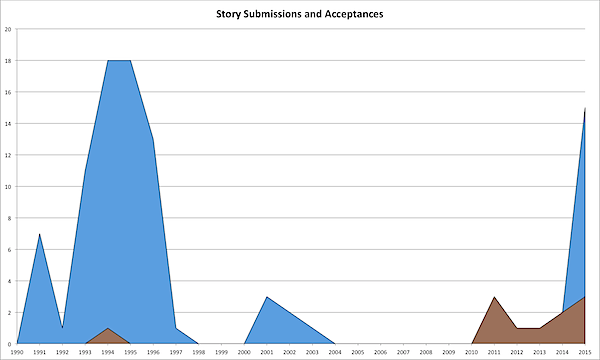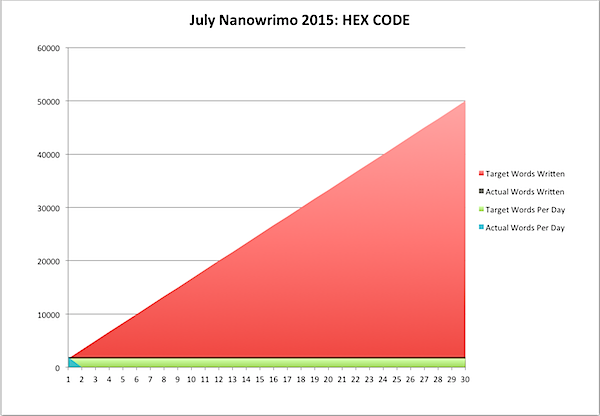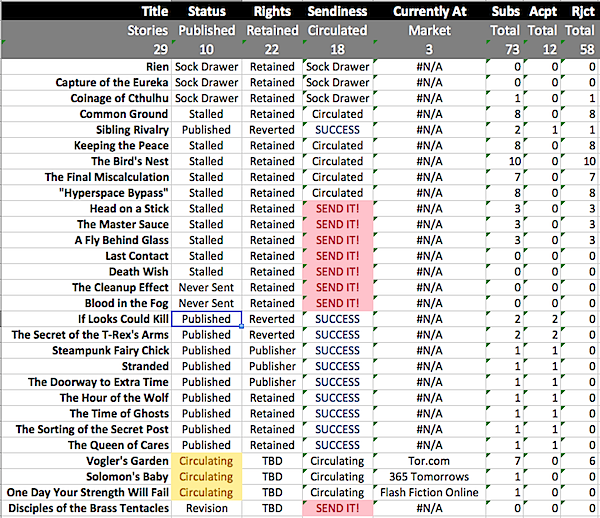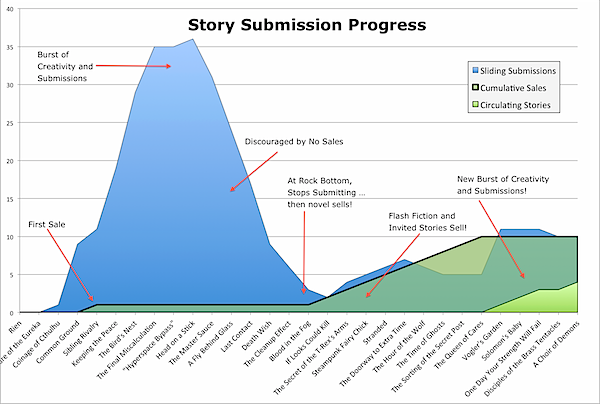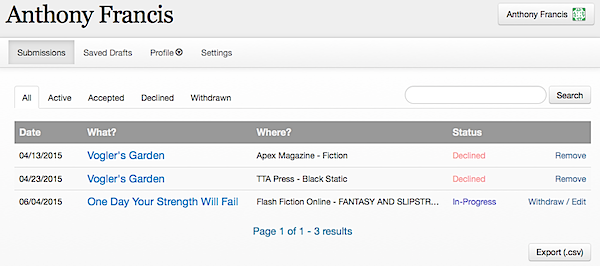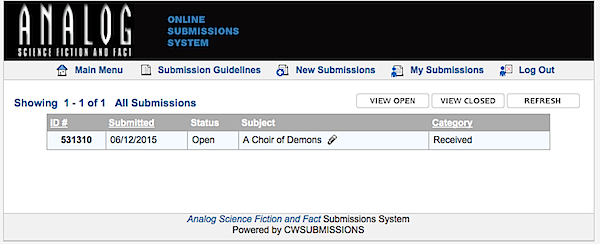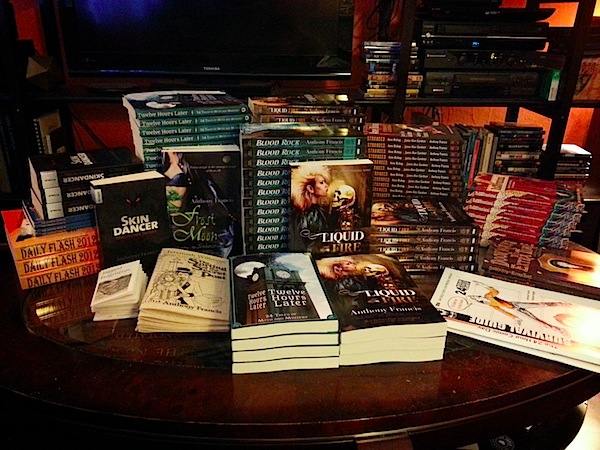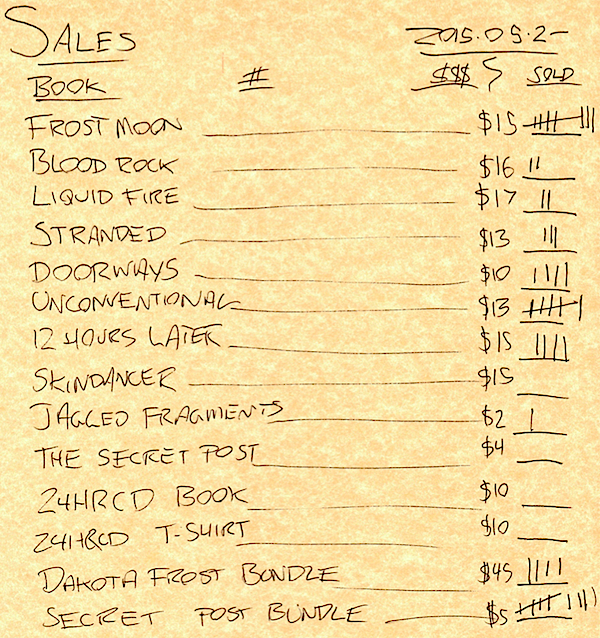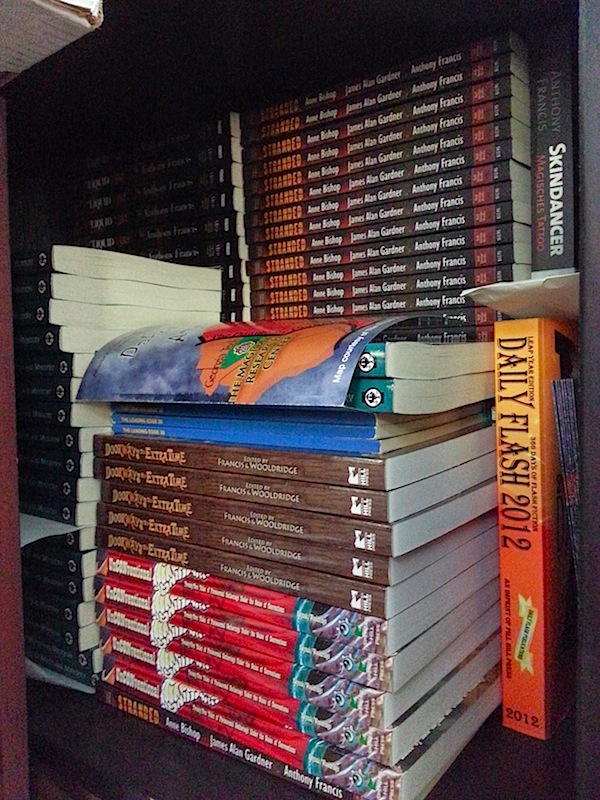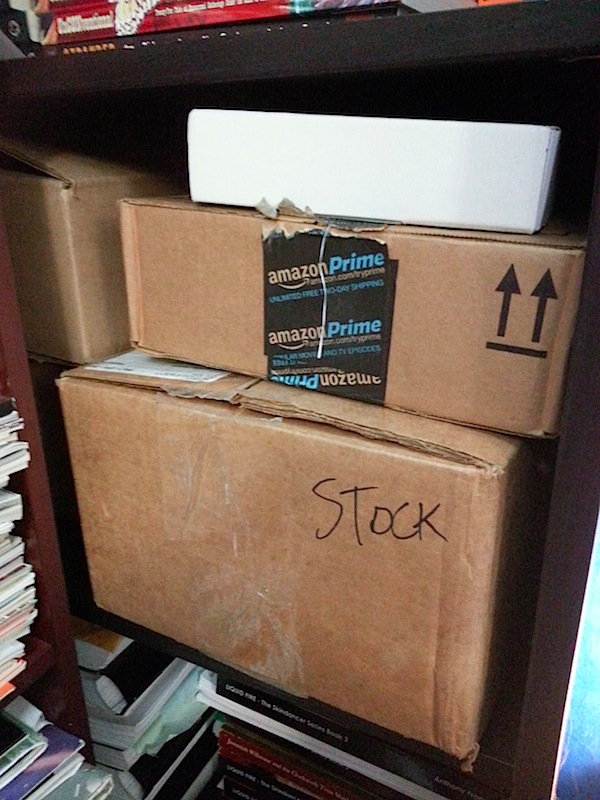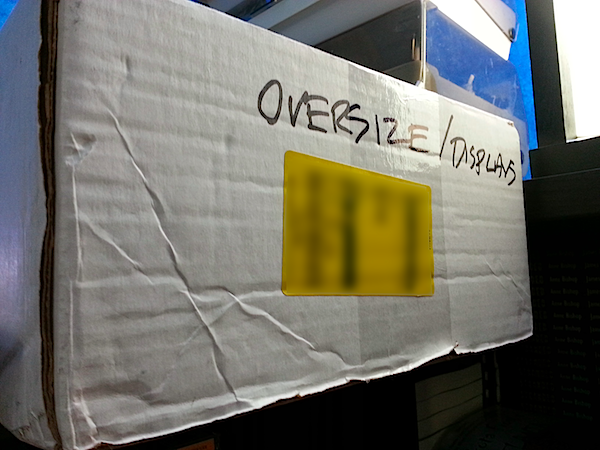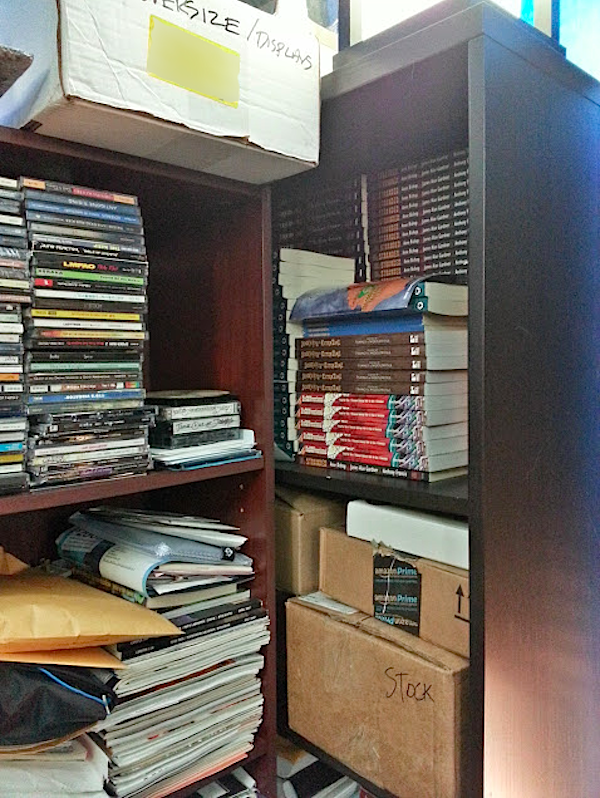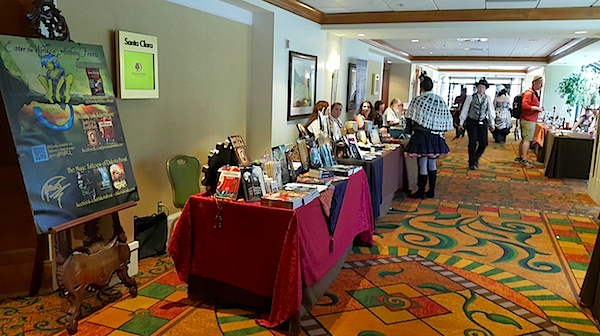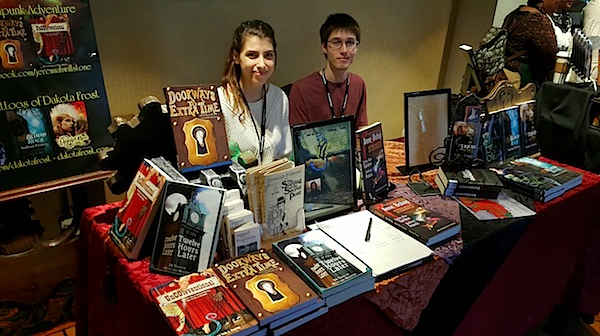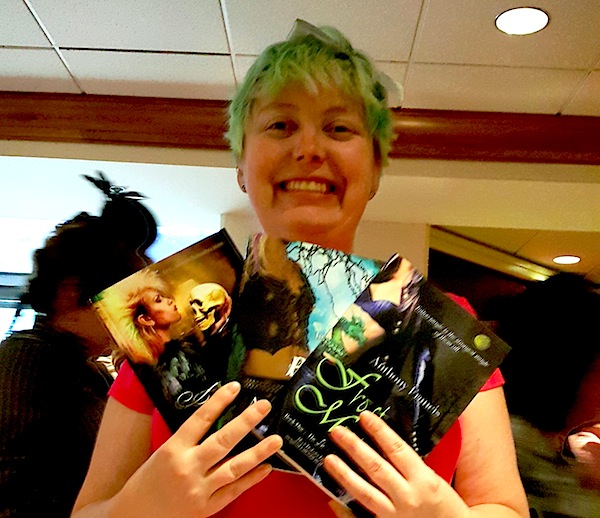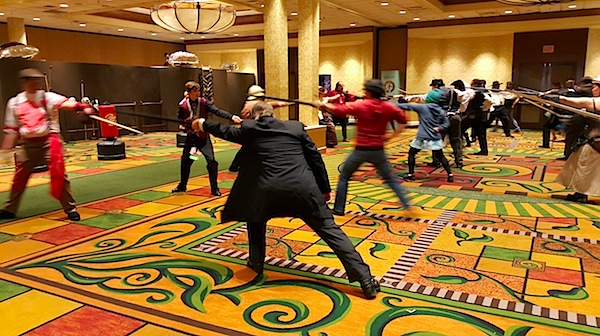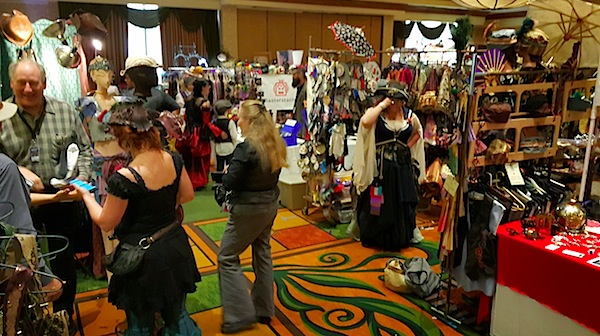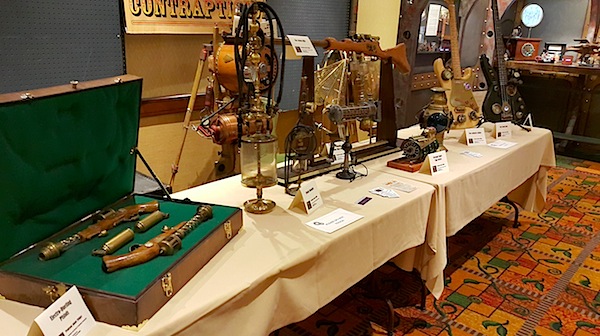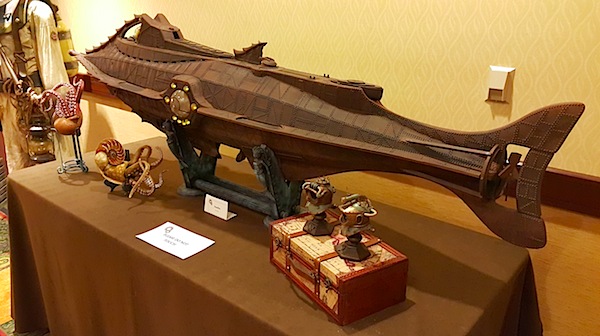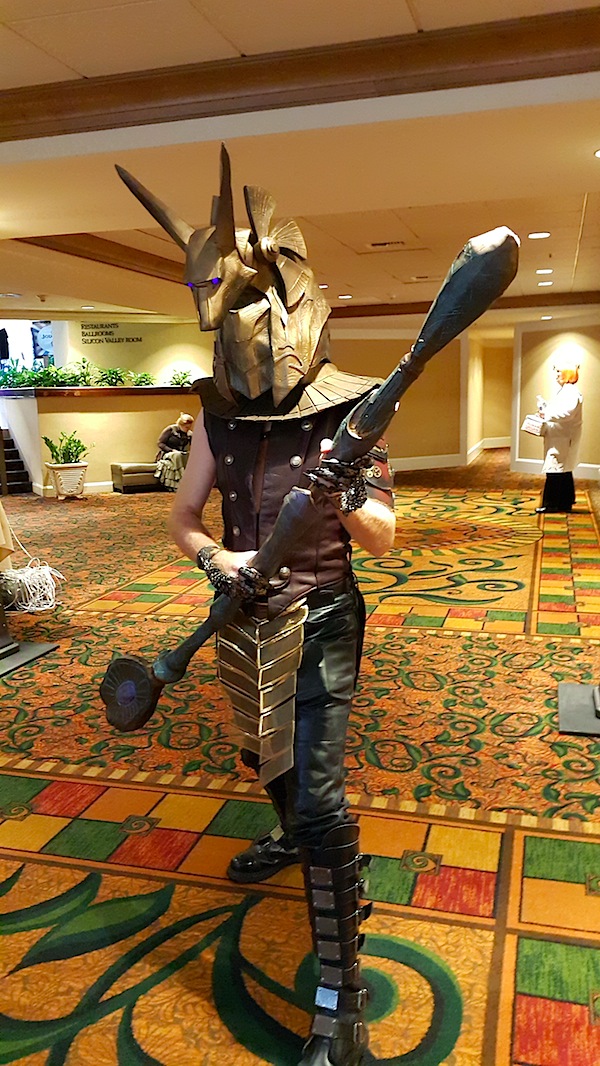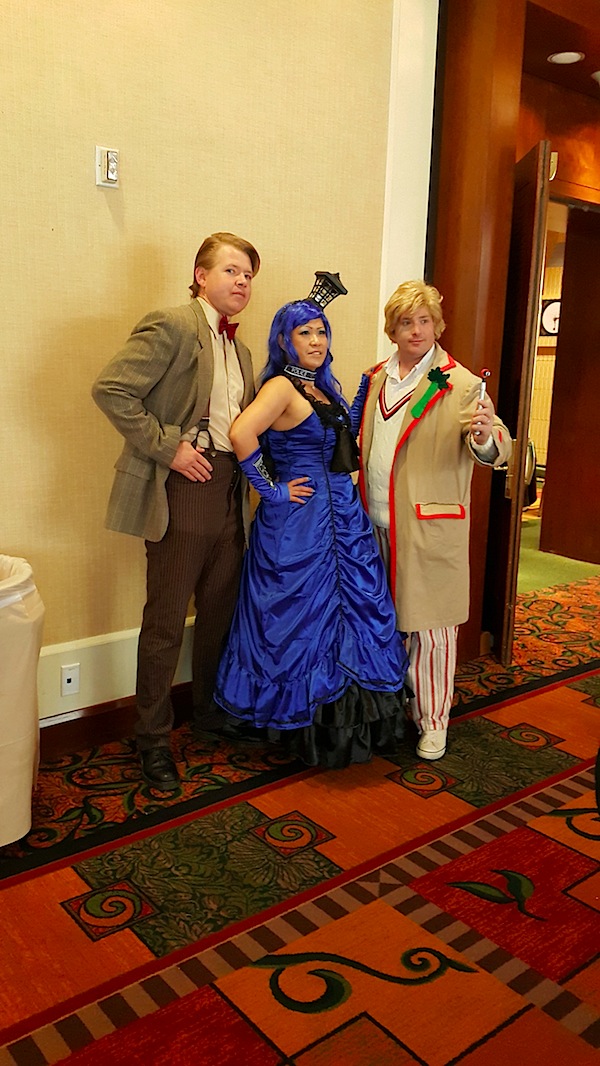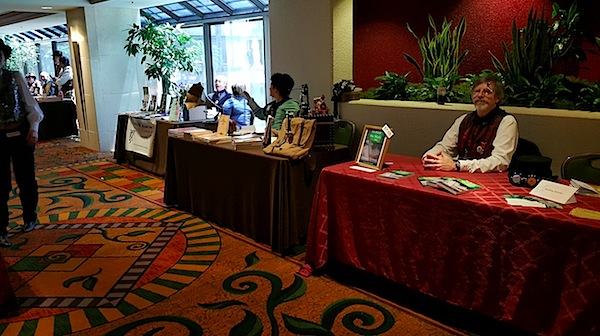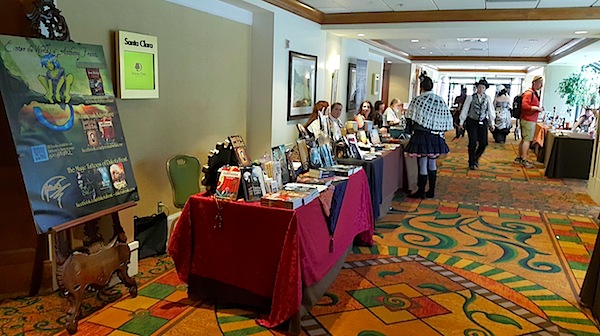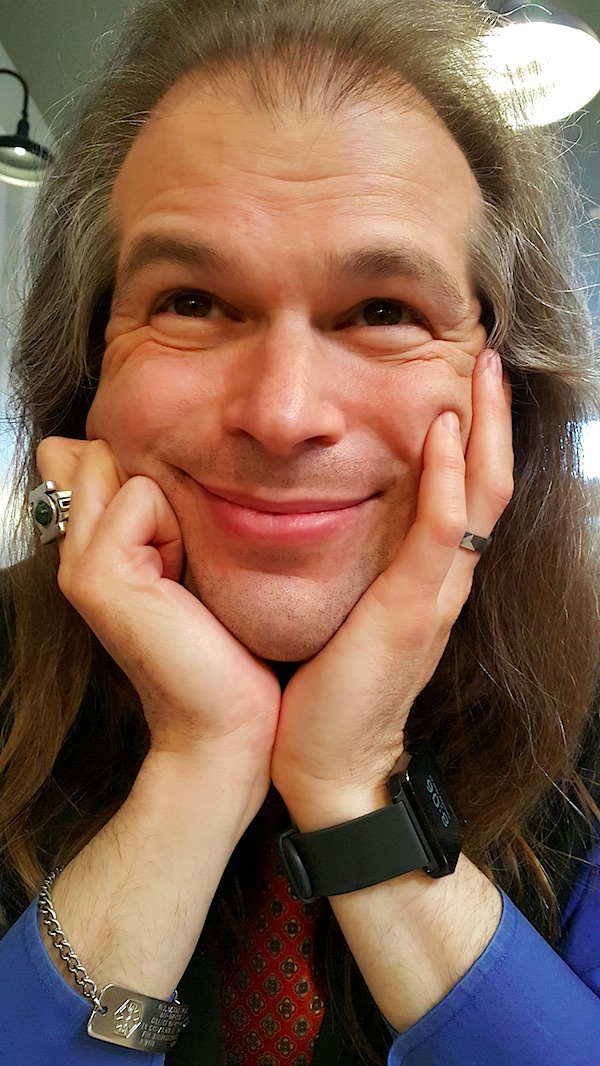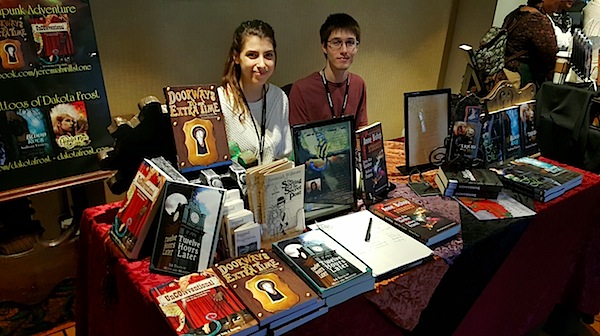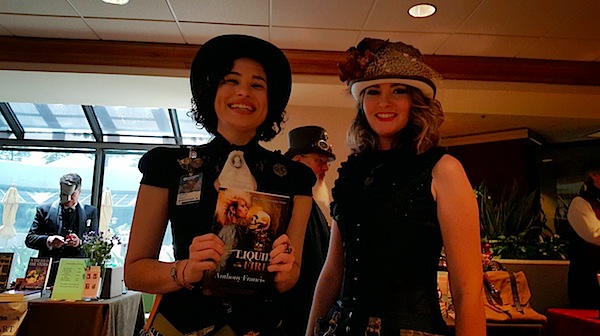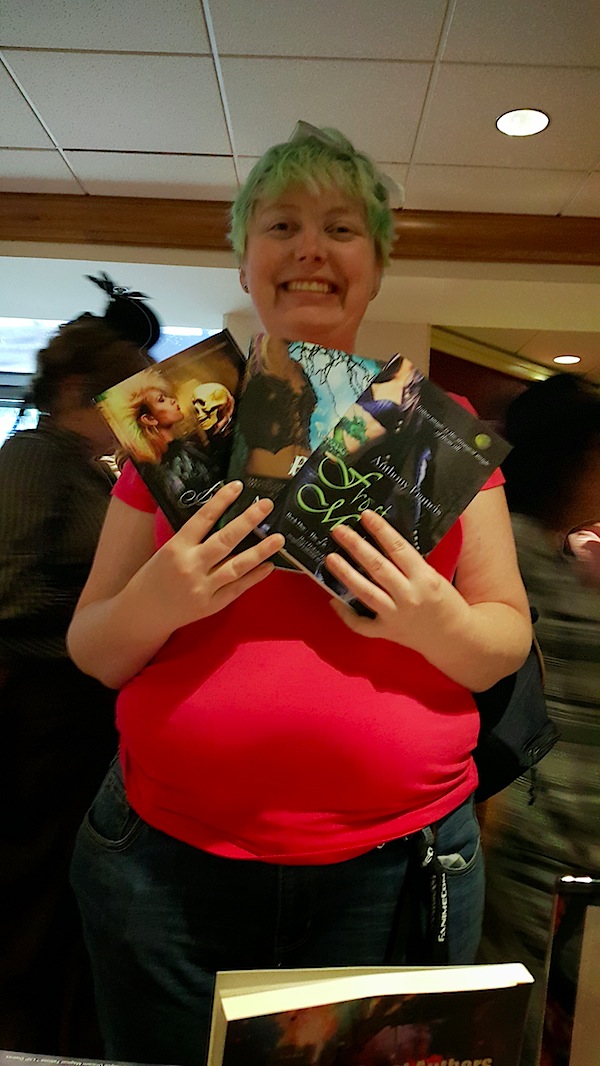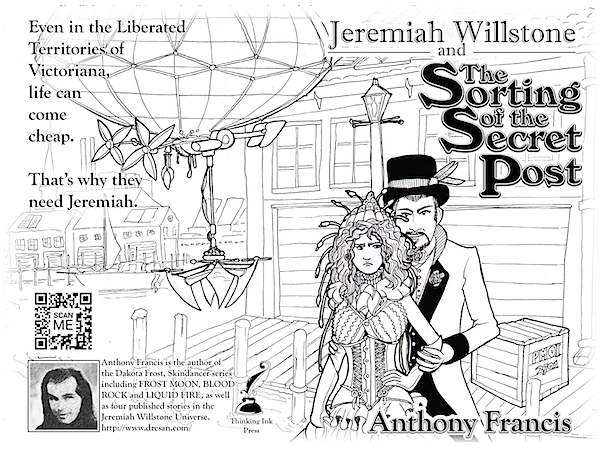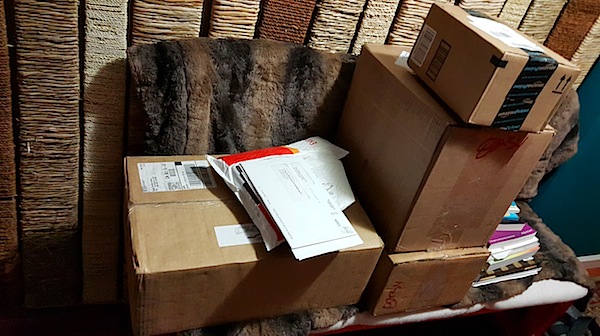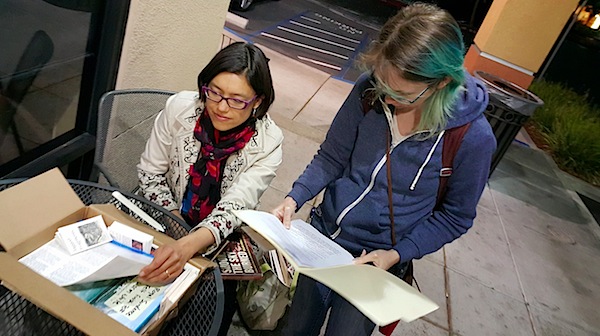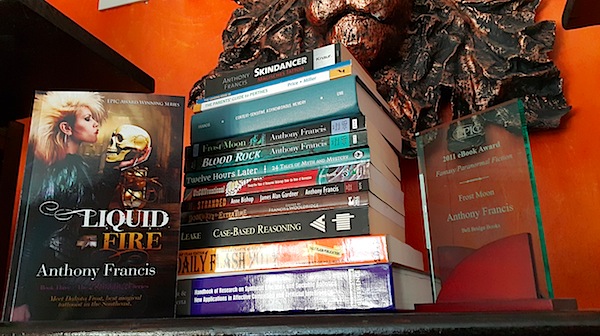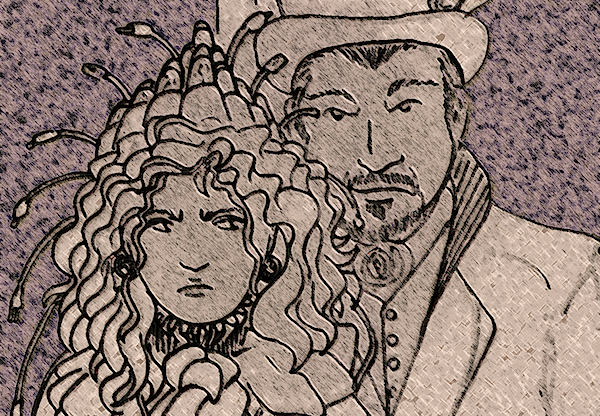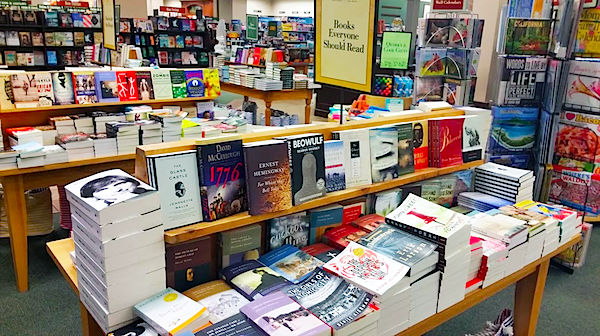
So, just before the deadline last night, I completed my voting for the Hugo Awards. I was worried - what with trying to write my own novels and all - that I wouldn't be able to squeeze in enough reading to be able to participate in good conscience, but as of yesterday afternoon I'd read enough to come to a judgment, and an hour and a half before the deadline, I submitted my votes.
For those not in the know, this year there's a controversy over the Hugo Awards known as Puppygate. A number of authors who felt left out by past awards banded together in nomination campaigns, called the Sad Puppies and the Rabid Puppies, promoting "slates" of recommended candidates to save the Hugos from "boring message fiction". They've tried this a few times, but this year, these slates managed to completely sweep some categories, which led to some serious outrage.
Why the outrage? Well, first, by sweeping entire categories in their desire to "include" work that they felt was left out, they created the opposite problem - excluding a lot of work of high merit. Second, there appears to have been some back-room dealings in how the slates were put together, and story put forth by the leadership of the Puppy teams keeps changing. And third, the very idea that they're being excluded seems to be wrong - George R. R. Martin has written about this extensively.
And now we come to the point - because I wanted to see how far in this article I could get without addressing the real controversy - many of the authors sponsoring the Puppies are conservative or libertarian, and think that likeminded authors are being shut out of the awards by liberals and progressives (whom the Puppies call "Social Justice Warriors") that they think are rewarding work for its inclusiveness or radicalism, not its quality or storytelling - and who, sometimes, are punishing work because it's popular.
Unfortunately the political dimension of this is bullshit.
The "boring message fiction" and "popular exclusion" that the slate teams are complaining about? It's not just a left-leaning problem. I'm a "Social Justice Warrior" - a left-leaning moderate who consciously works to make his stories more inclusive - and in the left-leaning circles I hang out with, filled with nontraditional authors with purple hair who write race, gender and culture-inclusive stories - we're also worried about "boring message fiction" and the elitist disdain of the popular.
And much of what the slates put forward is also "boring message fiction". As I was reading this year's nominees, again and again in the material put forth by the slates, I came across paper-thin stories and articles which existed solely to serve a point or drive an agenda. And while no-one would accuse the slates of ignoring popular fiction, they had the opposite problem, sometimes nominating things just based on their popularity and not on outstanding merit.
Often … but not always. As I started reading through the packets and digging into the stories, I consciously threw aside the idea of trying to rig my reading against the slates, and just read what was there on its own merits. While I know the names of some of the people involved - Vox Day, John C. Wright, and so on - soon I was just reading, not knowing who nominated what. Some of it was good. Some bad. Some of it was just drek. And some of it stuck with me, probably for a long time.
Whodathunk - some of works nominated for the Hugo awards were actually really good!
There are some people outraged by the slates, and were determined to vote NO AWARD over any work nominated by the Puppies. The Hugos use preference-based voting, you see, so it is possible for NO AWARD to rank over some nominated work. This happened to Vox Day once, in which one of his works (I think a story) got sixth place out of five. He put a picture of himself as a Borg on his blog and joked his new name should be Six of Five - which I find hilarious, and I don't mean in the "making fun of him" hilarious way but legitimately hilarious. Personally, if nominated for a Hugo I'd rather win one, but, God forbid, If that happened to me, I'd so put "Six of Five" on a T-shirt or banner "Totally Shut Out of the Hugos" on my blog. (Note: if you, the reader of this, are personally involved with a future Razzie award, and I've produced some film or screenplay that receives a Razzie for Worst Anything, please invite me to the ceremony. I'd be honored).
But the problem is, the slates nominated work I actually like for a number of categories, including for Best Novel. I realized, even if they'd swept the Best Novel category, then I shouldn't penalize work that I liked just because they nominated it. I do think that there should be some penalty for gaming the system, but as I reflected further, I realized I shouldn't penalize any work in any category if I truly liked it - even if it was nominated by some person who might deserve censure for gaming the system.
For example, In the Related Work category, I quite liked the article "The Hot Equations" by Ken Burnside. I think it should be required reading for anyone, like myself, who writes or is interested in writing military science fiction. (My YA story "Stranded" in the anthology of the same name, while not military itself, is the first novella in a longermilitary science fiction series set in a "hard space opera" universe - epic-SF with a hard-SF edge, so Burnside's article was great food for thought for me). It's in a collection called RIDING THE RED HORSE, edited by Vox Day, which I also liked.
I'm sorry. I can't shoot down the article that struck me most among all the Related Work nominees just because it was nominated on a slate. And I can't in good conscience not credit Vox Day's co-editing job on that book - I've edited books and I know how hard a job it is. I was familiar with the editing work of a lot of other editors in the category, so he wasn't my first choice - but he was my second, and I'm sure as heck not going to put NO AWARD down for the editor of an anthology I actually liked.
When I was done voting and looked back on my work, I realized the slates had done in themselves. I did put NO AWARD first in a number of categories, because the slates had managed to pack them with poor-quality drek and "boring message fiction" that didn't maintain my interest - just, this time it was right-leaning message fiction, along with some very whiny-sounding articles. To be fair, there was a bit of whining on the left too, and some drek, and some experimental stuff that didn't hold my interest. But in the end, I'd found a lot of good material in all categories, some of which were on slates. And that's OK. If it was good, that's OK.
No matter what happens, some people on the side of the Puppies will proclaim victory. It's a classic technique: arrange to play the game in a way in which you can't lose. Fail to get your work nominated? "See, we're being excluded!" Fail to get an award? "See, we're being discriminated against!" Get shut out of a category by NO AWARD? "See, we're being shut out!" Get an award? "See, our work was great anyway?" So I congratulate them on their "victory," no matter what form it takes.
But I think the slate teams have made a more important victory, one which is potentially a victory for everyone: they've made people care about the Hugos again. Now people left and right are talking about them in cafes and phone calls. People are debating the ethics of Hugo slates. And many people, like myself, who can't vote in good conscience without considering all the alternatives in depth, suddenly got exposed to an entire spectrum of science fiction that, in my heads-down, get-my-books-done focus, I had been ignoring. I have now read stories and read articles and seen artists that I liked, both on the slates and off them, and I feel enriched, energized - and determined to participate more in the process in the future.
I don't find Puppygate black and white, or symmetric. The creators of the slates made an important point about otherwise quality work being excluded - but the champions of the status quo had an even more important point: you shouldn't game the system to fix problems in the system. Two wrongs rarely make a right. The impression they had about their particular political bent being excluded was wrong, the way they decided to address it was wrong, and they've been caught in a cascade of coverups and changed stories ever since which is not endearing them to the people they might otherwise convince. I'm not sure we need to "fix" the system, but I do know I'll be participating much more actively in the future.
But, hey, the controversy led to an interesting and exciting slate of nominees, and I enjoyed all this reading, no matter who proposed it.
And, in the end, how did I vote for the Hugos?
By my conscience.
-the Centaur
